SPECIALTY/PACKAGING

Architectural Shapes
PowerFoam R-Control gives you control over the design of your project. You determine the shape and specs of the components you need, then PowerFoam works with you to custom fabricate your design by hot wire cutting with computer aided design (CAD).
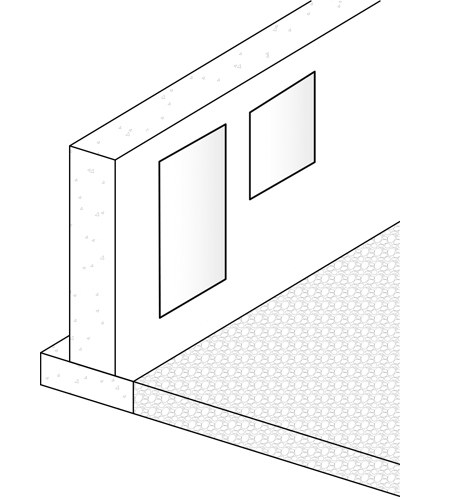
Concrete Blockouts
PowerFoam R-Control gives you control over the block outs for your project. You determine the shape and specs of the components you need, then PowerFoam works with you to custom fabricate your block outs by hot wire cutting with computer aided design (CAD).
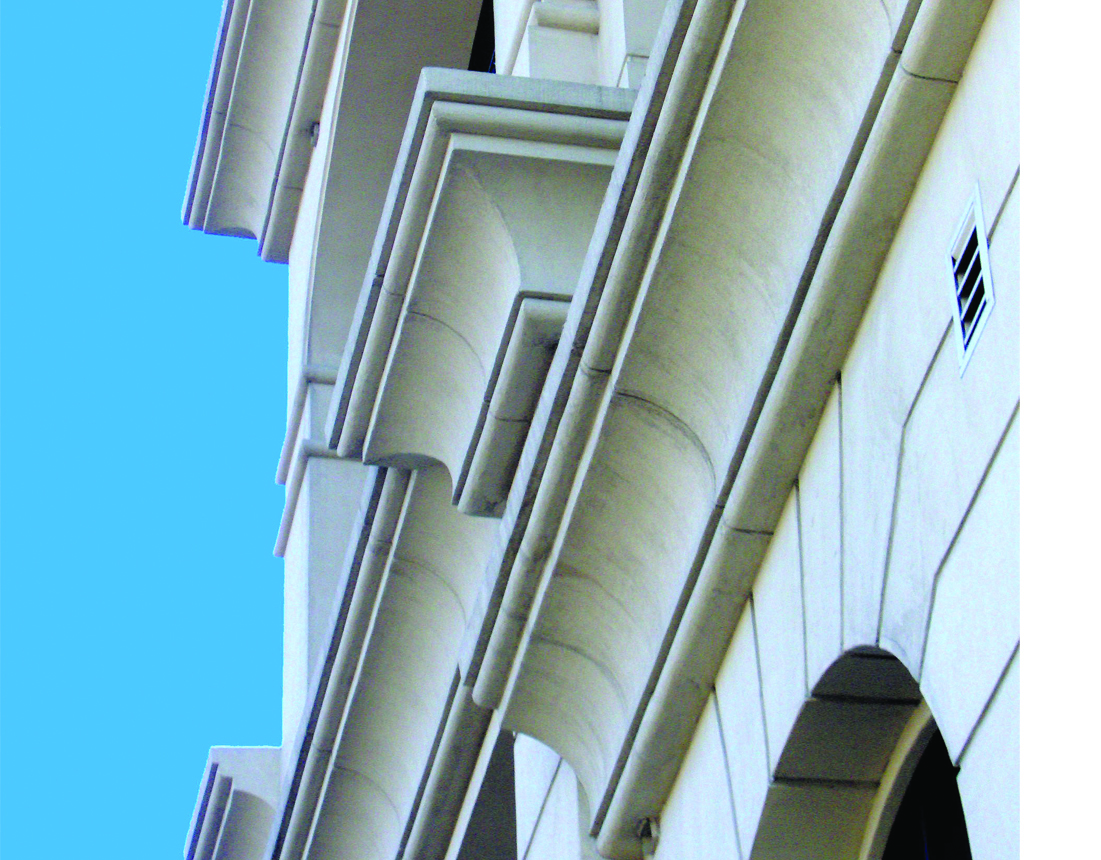
EIFS Shapes
PowerFoam R-Control molded polystyrene insulation WSG (Wall Specification Grade) is the preferred insulation and architectural shape component for Exterior Insulation and Finish Systems (EIFS).
High R-value that never changes, is stable over time and is a closed cell insulation with superior moisture resistance.
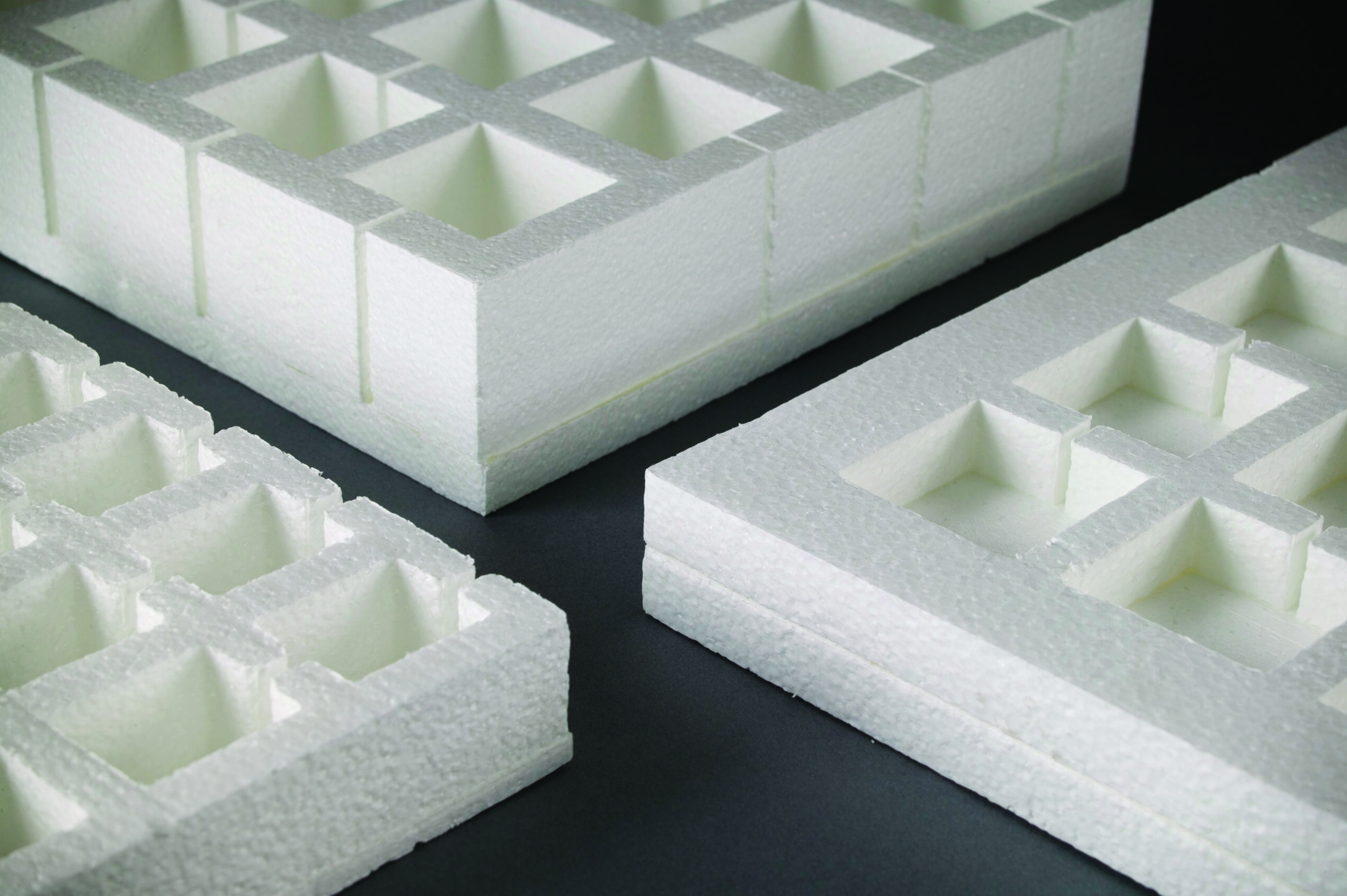
Fabricated Packaging
PowerFoam R-Control cushion protective packaging is custom fabricated by hot wire cutting with computer aided design (CAD), and if necessary, assembled together to provide a packaging solution specific to your needs. This method is well-suited for lower volume product lines where tooling costs cannot be justified, yet a custom part is still required. This method allows you maximum protection without the tooling expense associated with custom molded parts. PowerFoam R-Control is an amazingly strong and versatile material. Consisting of over 90% air, PowerFoam R-Control provides protection, cushioning and ecologically safe insulation properties.
Texas Bridge Railing
Bridges in urban areas of most States can use an optional side railing design which enhances the esthetics of the bridge- with more attractive classic designs. The intended use of the Texas Classic Bridge Rail design was for park settings, historical areas, and urban locations where a historic feel or aesthetic design was desired by the owner/client.
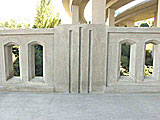

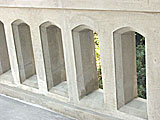
The railing design options were developed by the Texas DOT and crash-tested in the late 80’s and early 90’s at which time they passed test criteria contained in NCHRP Report 230. The testing criteria was later revised by NCHRP Report 350. A subsequent retest produced failure, not because of the strength of the rail, but because of excessive occupant compartment intrusion of the floorboards and dash , which were judged to cause unacceptable lower limb injuries to the vehicle occupants. Consequently TxDOT revised (lowered) its Classic Railing recommendations to a design speed of 45 mph, judged to be acceptable without further testing. The railing designs were approved for NCHRP Report #350 with a TL-2 rating, and are currently in used in most of the U.S. plus Canada.
For more information of a technical nature you may contact Mr. Mark Bloschock, P.E. at TxDOT, telephone 512-416-2178, or via email at MBLOSCHO@dot.state.tx.us.



